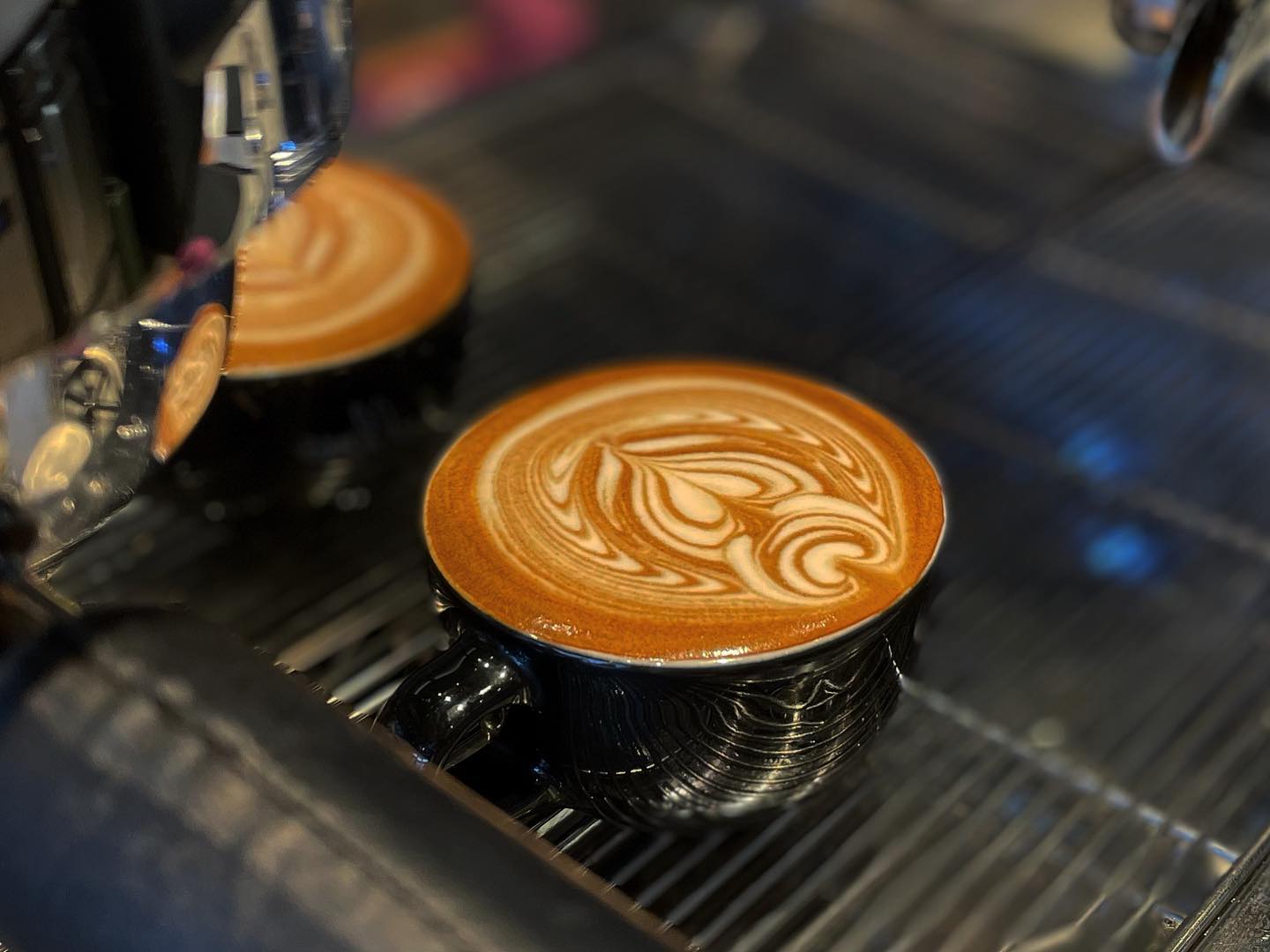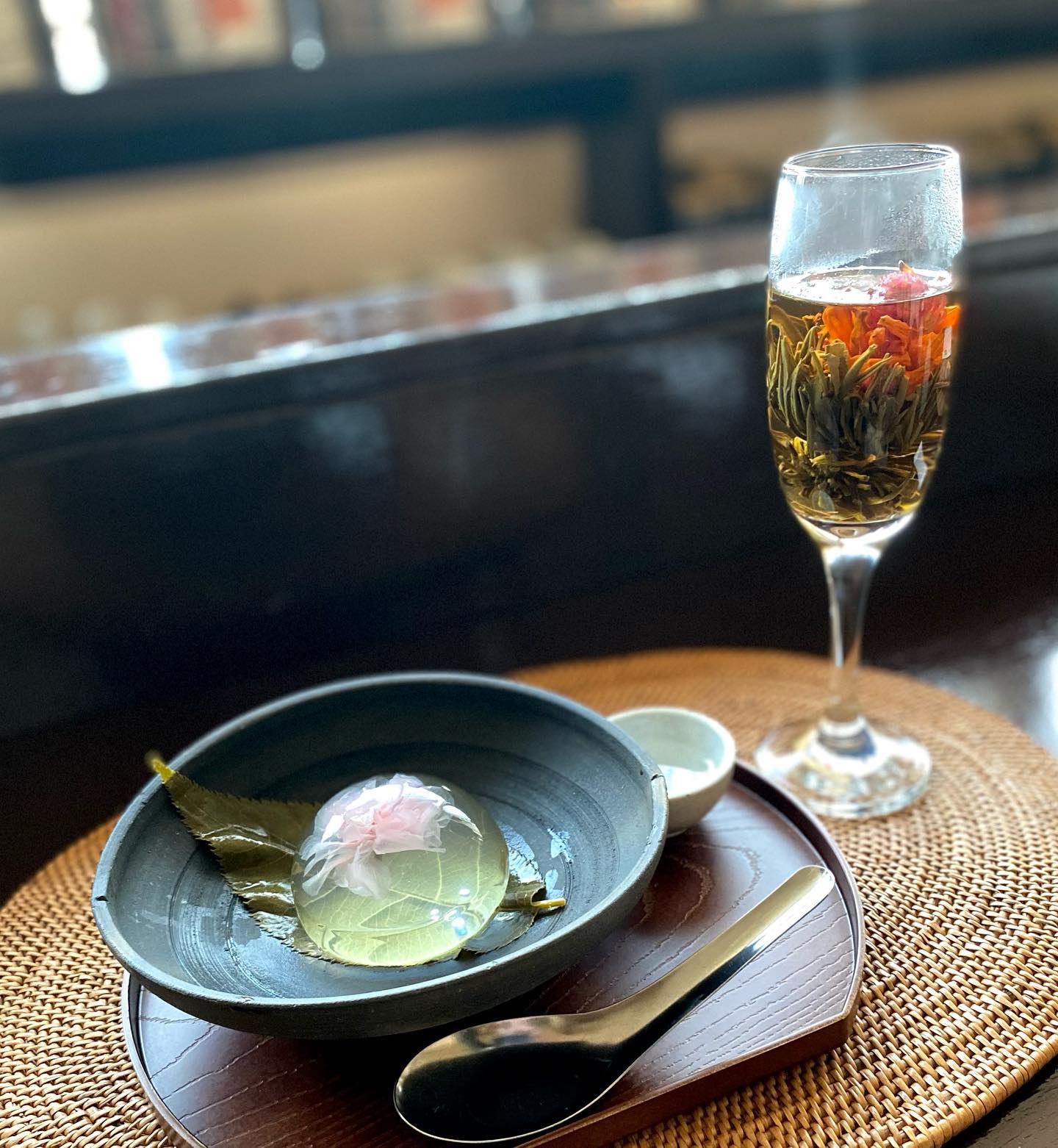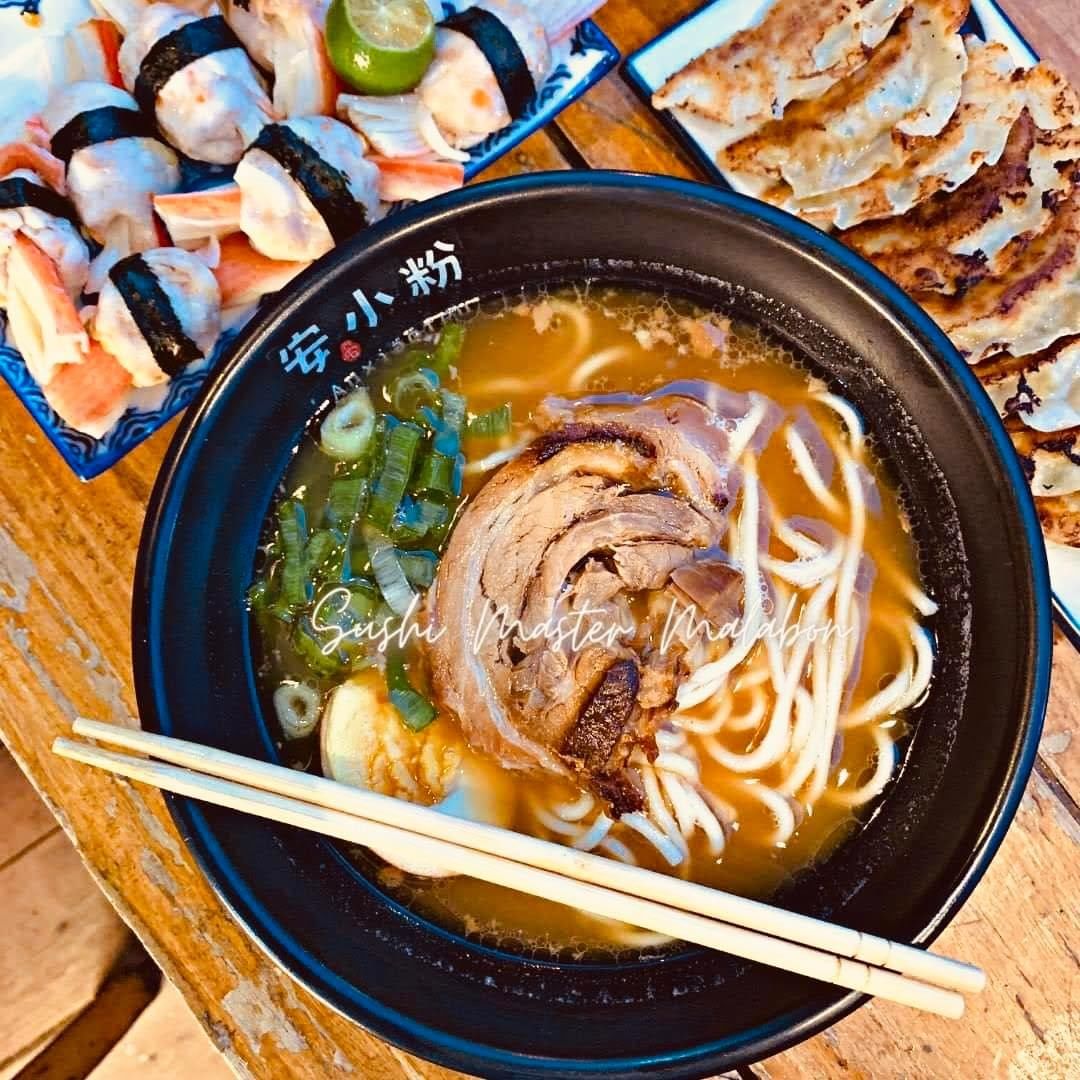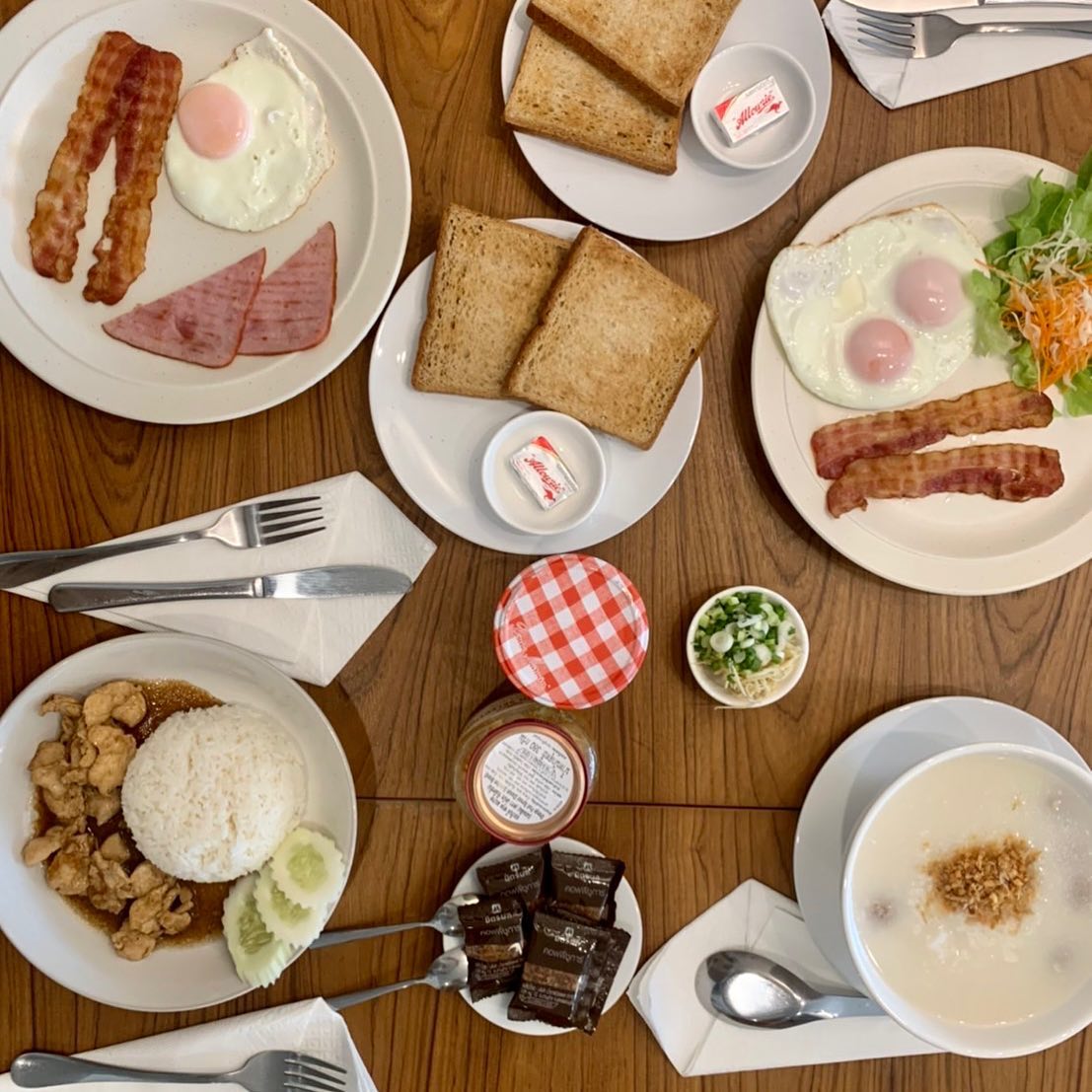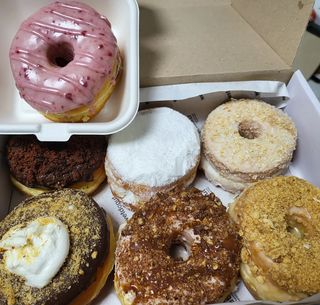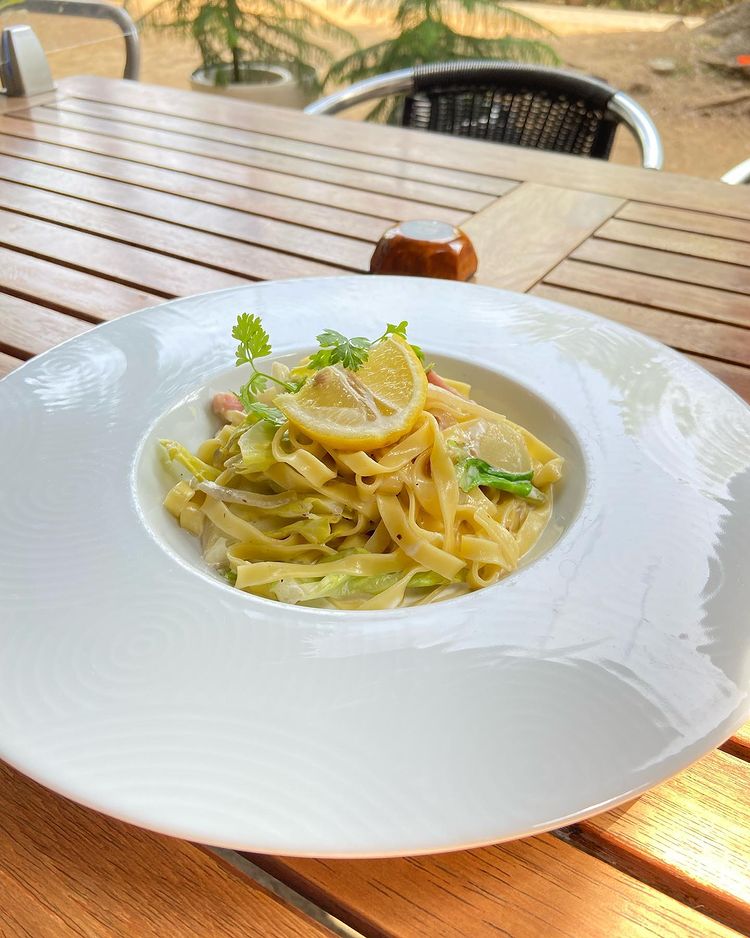Making a cup of coffee might seem simple—grind, brew, sip—but true coffee wizardry lies in understanding the details: the beans, the grind, the brew method, and the cultural traditions that elevate coffee from a beverage into a global ritual. Whether you’re chasing the frothy layer of a traditional Turkish Coffee or the mellow richness of cold brew coffee, this guide is your comprehensive roadmap to the perfect cup.
Coffee Beans
Understanding Different Roasts
It all begins with the bean. Green coffee beans, once harvested from the coffee plant, are roasted to develop unique flavor profiles. Light roasts retain more of the bean’s origin characteristics, often with flavor notes of citrus, florals, or stone fruit. Medium roasts balance acidity and body, while dark roasts offer bolder, toasted richness and lower acidity. Knowing your roasted beans helps you match the right bean to your brewing style.
Choosing Between Single Origin and Blends
Single-origin coffee comes from a specific region or farm and offers unique flavor clarity—perfect for those seeking a story in every sip. On the other hand, blends combine beans from multiple sources to achieve consistency and complexity. Whether you’re buying from local roasters or global brands like Caffe d’Bolla, the choice depends on whether you prefer purity or balance in your cup.
Grinding Coffee Beans
Importance of Grind Size
The grind size is crucial for extraction. Too fine, and your coffee grounds may over-extract and taste bitter. Too coarse, and your brewed coffee might be weak or sour. A proper grind recommendation depends on your brewing method: fine for espresso, medium for drip coffee, and coarse for French Press or cold brew.
Blade vs. Burr Grinders
Blade grinders are affordable but inconsistent. They chop rather than grind, leading to uneven extraction. Burr grinders—manual or electric—crush beans between two burrs, ensuring uniform particles. For precision and best results, always choose a burr grinder, especially if you’re brewing with specialty tools like the gooseneck kettle, brew basket, or specialty filter.
Brewing Methods
Drip Coffee Maker
The automatic drip coffee maker is a household staple. Place ground coffee into the filter basket, add water to the brewer reservoir, and press the brew button. For best flavor, use medium-grind coffee and fresh filtered water. Check your instruction manual for grind and brew ratio guidelines.
French Press
Loved for its simplicity, the French Press brews bold and oily coffee. Combine coarse ground coffee with hot water, let the coffee steeps for 4 minutes, then press down the plunger. Serve immediately to prevent over-extraction.
Pour-Over Technique
A favorite among purists, pour-over brewing using a gooseneck kettle allows control over water flow. Pour in slow, circular motions over a coffee filter in a cone dripper like a V60. The result is a clean cup with detailed flavor notes.
Espresso Machine
Espresso machines use high-pressure coffee-making technology to extract rich, concentrated shots. Use finely ground coffee, tamp evenly, and enjoy straight or with steamed milk for a Hot Coffee like a latte or cappuccino.
Aeropress
Compact and versatile, the Aeropress produces smooth coffee using air pressure. It works well for both hot and iced coffee, and can mimic espresso or pour-over depending on technique.
Chemex
With its iconic hourglass design, the Chemex offers a stylish and functional way to brew. Use a specialty filter and medium-coarse grind for a clean, bright cup with little sediment.
Cold Brew
The cold-brew method steeps coarse coffee in cold water for 12–24 hours. Strain using a mesh strainer, and store the resulting coffee concentrate in food storage containers. Serve over ice cubes with hazelnut syrup, condensed milk, or plain for a smooth, low-acid drink.
Water Temperature and Quality
Ideal Temperature for Brewing
Water that’s too hot burns the grounds; too cool, and extraction falters. The sweet spot is 195°F to 205°F (90–96°C). Use a thermometer or a gooseneck kettle with temperature control for precision.
Using Filtered vs. Tap Water
Always opt for filtered water to avoid off-flavors from chlorine or minerals in tap water. Water quality directly affects your coffee’s flavor profile, especially in minimalist brews like pour-over or black coffee.
Checkout: Top 5 Coffee Shops in Rhyl
Measuring Coffee and Water Ratios
Standard Coffee-to-Water Ratios
A classic brew ratio is 1:16 (1 gram of coffee to 16 grams of water), which roughly translates to 1 tablespoon of ground coffee per 6 ounces of water. Espresso uses tighter ratios, while cold brew requires more grounds due to dilution.
Adjusting Ratios for Personal Taste
Prefer a stronger cup? Try 1:15. Want it lighter? 1:18. The key is consistency. Use a kitchen scale or glass measuring cup for accuracy and repeatability, especially when experimenting with new beans or methods.
Read More: Hot Buttered Rum Coffee
Enhancing Flavor and Aroma
Adding Milk and Sugar
Milk can smooth bitterness, while sugar enhances sweetness. Use cold milk, sweetened condensed milk, or froth with a milk frother for a café-style finish. For Vietnamese Iced Coffee, pair strong drip coffee with a thick layer of condensed milk over ice.
Incorporating Spices and Flavors
Level up your coffee recipe with additions like:
- Ground cinnamon powder
- Cocoa powder
- A dash of vanilla extract
- Nutty flavors from hazelnut syrup
- A pinch of cardamom or nutmeg (especially in Turkish Coffee)
Use a spice grinder for freshness when working with whole spices.
Checkout: Chai Latte
Serving and Presentation
Choosing the Right Mug or Cup
Presentation affects perception. Use clear glasses for iced coffee to showcase the layers. A thermos flask is perfect for travel, while stoneware mugs retain heat longer for Hot Coffee.
Garnishing and Presentation Tips
Garnish your coffee with a cinnamon stick, whipped cream, or dusting of cocoa. Serve with coffee candies or biscotti for an added touch. Even a sprig of mint in cold brew coffee can elevate the experience.
More About: Caramel Apple Spice
Global Coffee Styles and Traditions
Italian Espresso
Served in tiny porcelain cups, Italian espresso is intense, aromatic, and deeply cultural. Sipped standing at a café bar, it represents tradition, simplicity, and pride in craftsmanship.
Turkish Coffee
Turkish Coffee is brewed in a cezve using ultra-fine grounds and sugar, boiled slowly and poured unfiltered into demitasse cups. Known for its frothy layer and deep, spiced character, it’s often enjoyed with sweets and fortune-telling from the grounds.
Honorable Mentions:
- South Indian Style: Made with a filter coffee machine using dark roast and chicory, served with boiled milk and sugar in a steel tumbler.
- Vietnamese Iced Coffee: Strong coffee concentrate drips into a cup of sweetened condensed milk, stirred and poured over ice cubes.
- Instant Coffee: Use brands like Bru Instant Coffee, then whip with sugar and hot water (beating coffee) to create a foamy base for dalgona-style drinks.
Read More: Maple Latte Manifesto
Final Sip
From the chemistry of grind size to the romance of global traditions, making coffee is a journey of culture and craft. Whether you’re measuring ratios in a brew basket, choosing beans from the Wasatch Front, or simply savoring your morning ritual, you’re part of a global movement rooted in passion, patience, and aroma.
So next time you brew, do it mindfully—because every cup is a story, and every story deserves a perfect sip.
Frequently Ask Questions (FAQs)
The standard brew ratio is 1:16, meaning 1 gram of ground coffee for every 16 grams (or ml) of water. This equates to about 1–2 tablespoons of coffee per 6 ounces of water. However, personal preference matters—if you prefer stronger coffee, try a 1:15 ratio; for a lighter brew, go with 1:18. Always measure using a kitchen scale or glass measuring cup for consistency.
Grind size is crucial because it directly affects extraction. Using the wrong grind for your brewing method can lead to over-extraction (bitter taste) or under-extraction (weak or sour flavor). For example:
Coarse grind: Ideal for French Press and cold brew
Medium grind: Best for drip coffee makers and pour-over
Fine grind: Needed for espresso machines and Turkish coffee
Using a burr grinder ensures consistent grind size, which is key to brewing the perfect cup.
While you can use tap water, it’s often not recommended because minerals or chlorine can negatively affect your coffee’s flavor profile. Filtered water is ideal—it provides cleaner, purer taste and prevents scale buildup in your coffee machine. If your local tap water tastes good on its own, it might still be suitable for brewing.
Single-origin coffee is sourced from one location—such as a specific farm or region—offering unique and traceable flavor notes. It’s great for coffee lovers who enjoy exploring terroir and subtle differences in taste. Blends, on the other hand, mix beans from different origins to achieve balance and consistency. They are ideal for espresso or when you’re looking for a reliable flavor every time.
The easiest method for beginners is using an automatic drip coffee maker. It’s simple, requires minimal equipment, and produces consistently good hot coffee. Just add ground coffee to the filter basket, pour water into the brewer reservoir, and press the brew button. For more control over flavor and strength, beginners can also try the French Press or pour-over technique using a gooseneck kettle.
